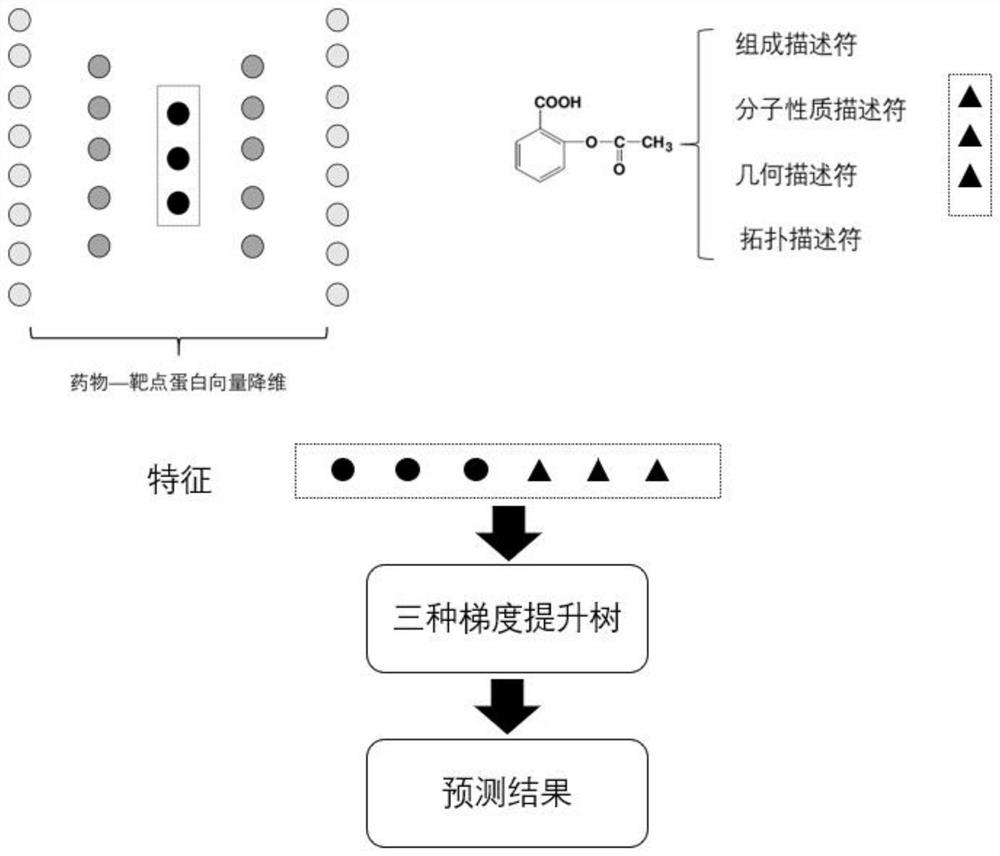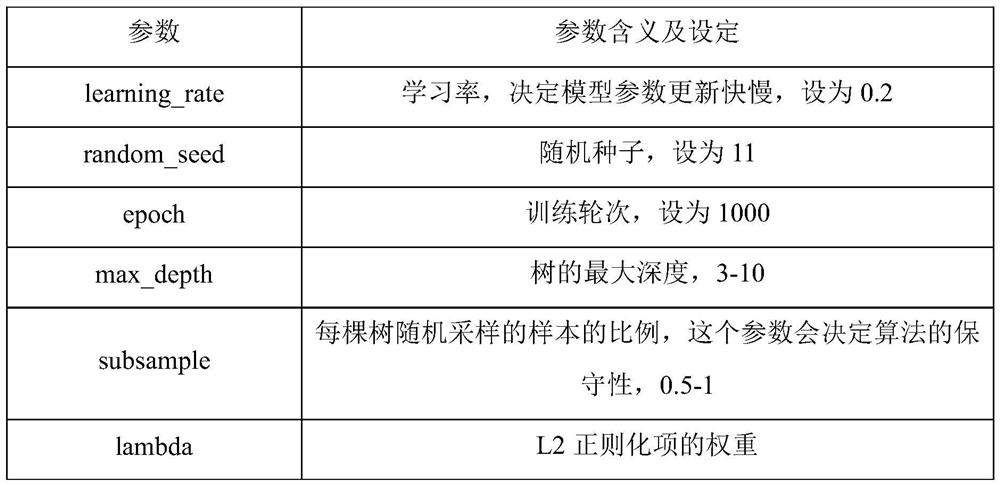Drug relocation method based on machine learning
A machine learning and relocation technology, applied in the field of machine learning, can solve problems such as time-consuming and long drug development cycle, and achieve the effect of improving efficiency, saving experimental costs, and avoiding risks.
- Summary
- Abstract
- Description
- Claims
- Application Information
AI Technical Summary
Problems solved by technology
Method used
Image
Examples
Embodiment Construction
[0020] The specific implementation manners of the present invention will be further described in detail below in conjunction with the accompanying drawings and embodiments. The following examples are used to illustrate the present invention, but are not intended to limit the scope of the present invention.
[0021] In this embodiment, the Windows system is used as the development environment, Jupyter Notebook is used as the development tool, Python is used as the development language, and the drug repositioning method based on machine learning of the present invention is used to reposition the medicine for treating diabetes.
[0022] In this embodiment, a drug repositioning method based on machine learning, such as figure 1 and figure 2 shown, including the following steps:
[0023] Step 1: According to the data set provided by the paper "Modeling polypharmacy side effects with graph convolutional networks." published by Stanford University, select 1,250 drugs as research o...
PUM
 Login to View More
Login to View More Abstract
Description
Claims
Application Information
 Login to View More
Login to View More - R&D
- Intellectual Property
- Life Sciences
- Materials
- Tech Scout
- Unparalleled Data Quality
- Higher Quality Content
- 60% Fewer Hallucinations
Browse by: Latest US Patents, China's latest patents, Technical Efficacy Thesaurus, Application Domain, Technology Topic, Popular Technical Reports.
© 2025 PatSnap. All rights reserved.Legal|Privacy policy|Modern Slavery Act Transparency Statement|Sitemap|About US| Contact US: help@patsnap.com



